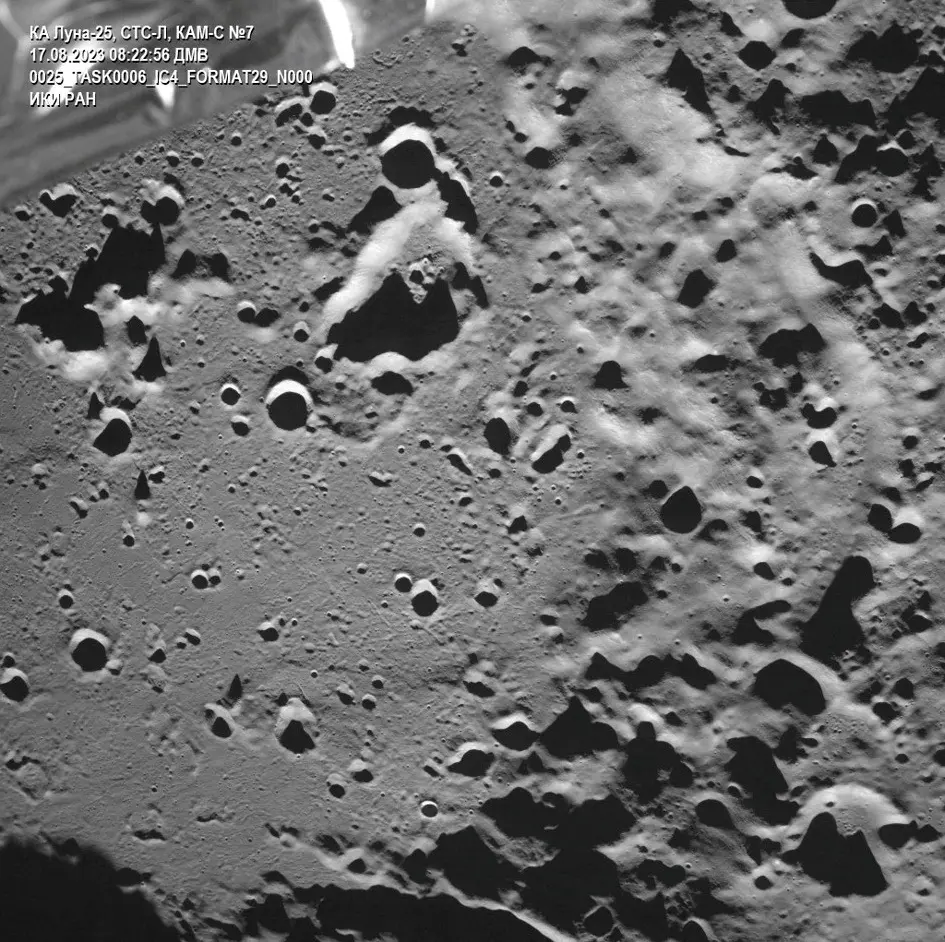Since the Soviet Union’s Luna 2 spacecraft first reached the moon on September 13, 1959, humanity’s journey to our lunar neighbor has evolved dramatically. The numerous landings and crashes of spacecraft have not only marked the moon’s surface but also signaled a new epoch in lunar history: the Lunar Anthropocene. This term, emerging from recent studies published in Nature Geoscience, encapsulates the dominant influence humans now exert on the lunar environment.

The Moon (Archive)
Human Footprint on the Moon: A Growing Concern
Justin Holkomb, a leading researcher from the University of Kansas, likens the Lunar Anthropocene to its Earthly counterpart, emphasizing the significant human impact on both celestial bodies. The moon, once perceived as an unchanging entity, is now recognized as a dynamic environment, shaped by cultural processes surpassing natural geological ones.
Table: Human Artifacts and Activities on the Moon
| Year | Artifact/Activity | Description |
|---|---|---|
| 1969-1972 | Apollo Missions | American flags, TV equipment, and the ‘Fallen Astronaut’ sculpture |
| 1971 | Alan Shepard’s Golf Balls | Golf balls hit during Apollo 14 mission |
| 1972 | Duke Family Photo | Framed photo left by Apollo 16 astronaut Charlie Duke |
The Future of Lunar Exploration and Its Impact
With NASA’s Artemis mission slated to return humans to the moon by 2025, the lunar landscape is poised for significant transformation. The concern extends beyond physical artifacts to encompass the disruption caused by rovers, landers, and human activity. Scientists stress the importance of recognizing our impact on the moon, advocating for discussions on responsible lunar exploration.
Humans now have a larger influence on the moon than natural processes such as meteoroid impacts, leading some researchers to declare it has entered a lunar Anthropocene https://t.co/ZUqkn3hFVs
— New Scientist (@newscientist) December 8, 2023
The Lunar Environment: Fragility and Preservation
Despite lacking an atmosphere or magnetic field, the moon possesses a delicate exosphere comprising dust, gas, and shadow region ice, all sensitive to human interventions like exhaust gases. This fragility underscores the need for future missions to mitigate harmful environmental impacts.

Lunar Anthropocene: A Call for Protection and Awareness
The concept of the Lunar Anthropocene aims to highlight humanity’s potential adverse effects on the lunar environment and the vulnerability of historically and anthropologically valuable lunar objects. Researchers advocate for the preservation and cataloging of items ranging from lunar vehicles to footprints, seeing these as extensions of humanity’s journey beyond Africa. This narrative intertwines with our broader story of evolution, seeking to engage not only planetary scientists but also archaeologists and anthropologists in lunar science discourse.

The Lunar Anthropocene era presents a crucial juncture in our celestial exploration, emphasizing the need for mindful and sustainable practices. As we continue to venture into space, our responsibility extends to preserving and understanding our impact on these extraterrestrial environments, ensuring they remain invaluable resources for future generations and scientific inquiry.

